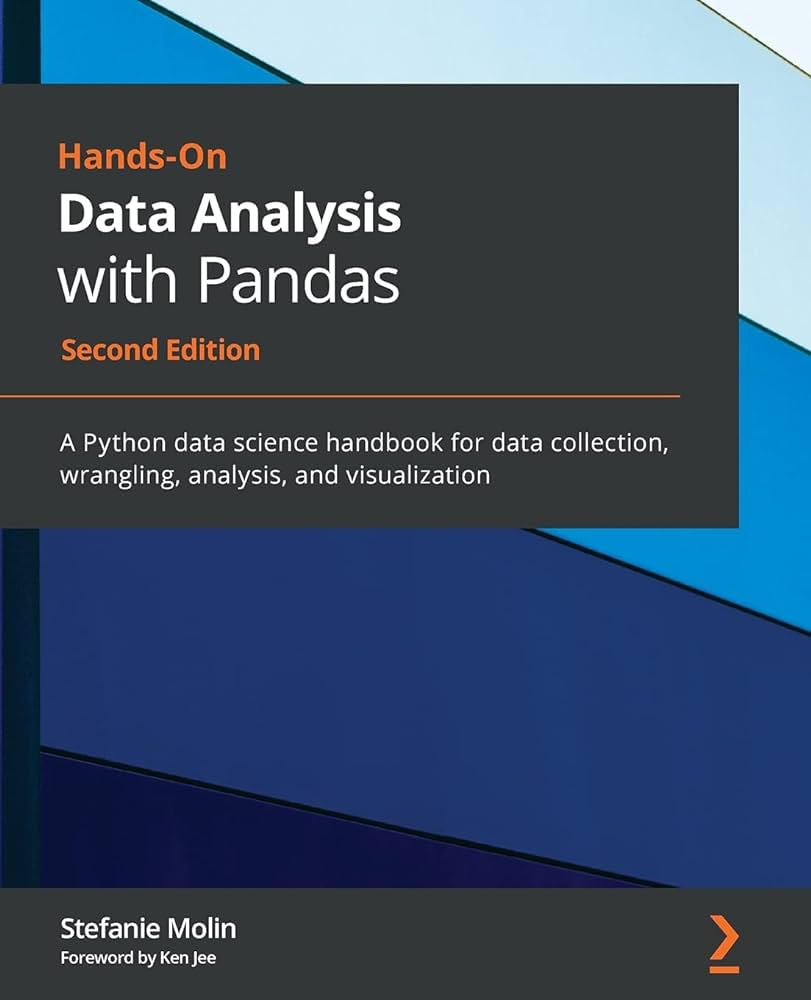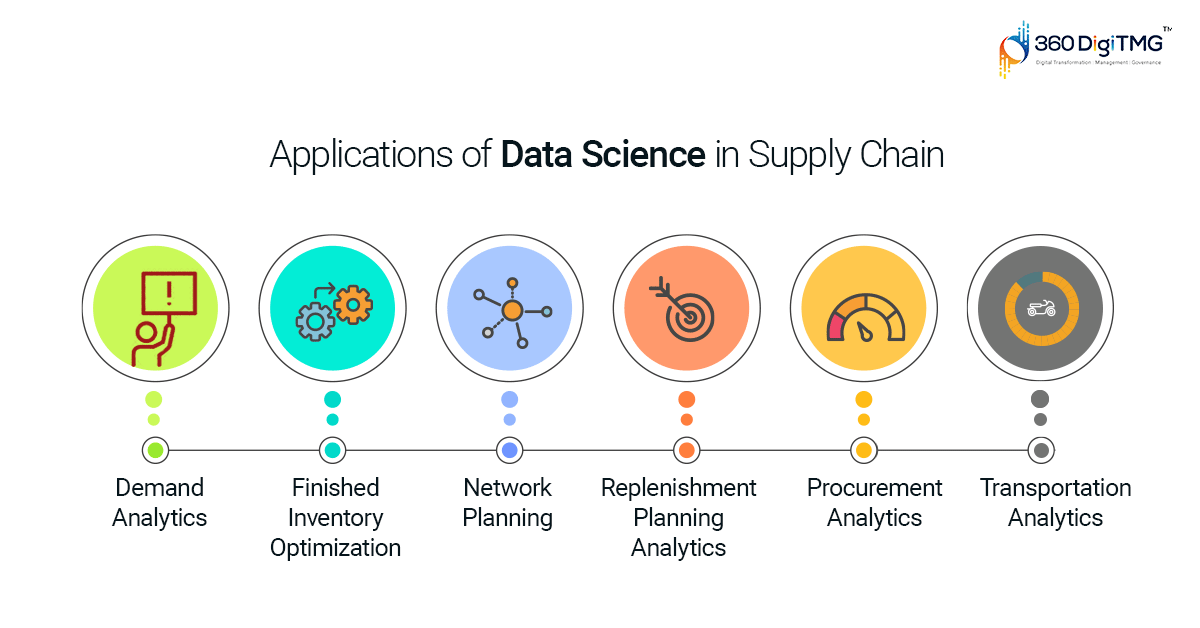Introduction
Data is often messy, inconsistent, and incomplete. As a data professional, one of the first and most crucial tasks you’ll encounter is data wrangling or data cleaning. This process involves cleaning, transforming, and structuring your data so that it’s suitable for analysis. Fortunately, Pandas, a powerful Python library, simplifies this task. In this hands-on guide, we’ll dive deep into Pandas to master the art of data wrangling.
What is Pandas?
Pandas is an open-source Python library that provides fast, flexible, and expressive data structures designed to work with structured data. It’s a go-to tool for data scientists and analysts because of its simplicity and efficiency in data manipulation. With Pandas, you can read data from various file formats, clean and preprocess data, perform complex operations like filtering, grouping, and aggregating, and visualize the results.
Getting Started with Pandas
Before we dive into the intricacies of data wrangling with Pandas, let’s set up our environment. Ensure you have Python installed on your system and install Pandas using pip if you haven’t already:
python
Copy code
pip install pandas
Once Pandas is installed, you’re ready to start using it. Let’s import the library and load some sample data:
python
Copy code
import pandas as pd
Load a CSV file into a DataFrame
df = pd.read_csv(‘sample_data.csv’)
Data Exploration
Before you begin cleaning and transforming your data, it’s essential to understand its structure. Pandas provides several methods to explore your dataset:
df.head(): View the first few rows of your dataset.
df.shape: Get the dimensions (rows, columns) of your DataFrame.
df.info(): Display information about the DataFrame, including data types and missing values.
df.describe(): Generate summary statistics for numerical columns.
Data Cleaning
Data cleaning involves handling missing values, duplicates, and outliers. Pandas offers robust tools to deal with these issues:
Handling Missing Data: Use df.isnull() and df.dropna() to detect and remove missing values. You can also fill missing values with df.fillna().
Removing Duplicates: Detect and remove duplicate rows with df.duplicated() and df.drop_duplicates().
Handling Outliers: Identify and handle outliers using statistical methods or domain knowledge.
Data Transformation
Data transformation is about reformatting and reshaping your data to suit your analysis needs. Pandas provides various methods for this purpose:
Filtering Data: Use boolean indexing to filter rows based on specific conditions.
Sorting Data: Sort your DataFrame by one or more columns using df.sort_values().
Grouping and Aggregating: Group data by one or more columns and perform aggregations like sum, mean, or count using df.groupby().
Merging and Joining Data: Combine multiple DataFrames using df.merge() or df.join().
Data Visualization
Data visualization is crucial for gaining insights from your data. While Pandas isn’t primarily a visualization library, it integrates well with libraries like Matplotlib and Seaborn for creating informative plots and charts.
python
Copy code
import matplotlib.pyplot as plt
import seaborn as sns
Create a histogram
sns.histplot(df[‘Age’], bins=20)
plt.title(‘Age Distribution’)
plt.show()
Conclusion
Data wrangling with Pandas is a fundamental skill for anyone working with data. In this guide, we’ve covered the basics of Pandas, including data exploration, cleaning, transformation, and visualization. Remember that data wrangling is often an iterative process, and you may need to revisit and refine your steps as you uncover more insights or encounter new challenges in your data.
With the skills you’ve acquired, you’ll be better equipped to handle real-world datasets, making your data analysis journey smoother and more rewarding. So, roll up your sleeves, start wrangling your data, and unlock the hidden insights within!
Data Wrangling with Pandas is not just a skill; it’s an art, and you’re well on your way to becoming a data wrangling artist!





